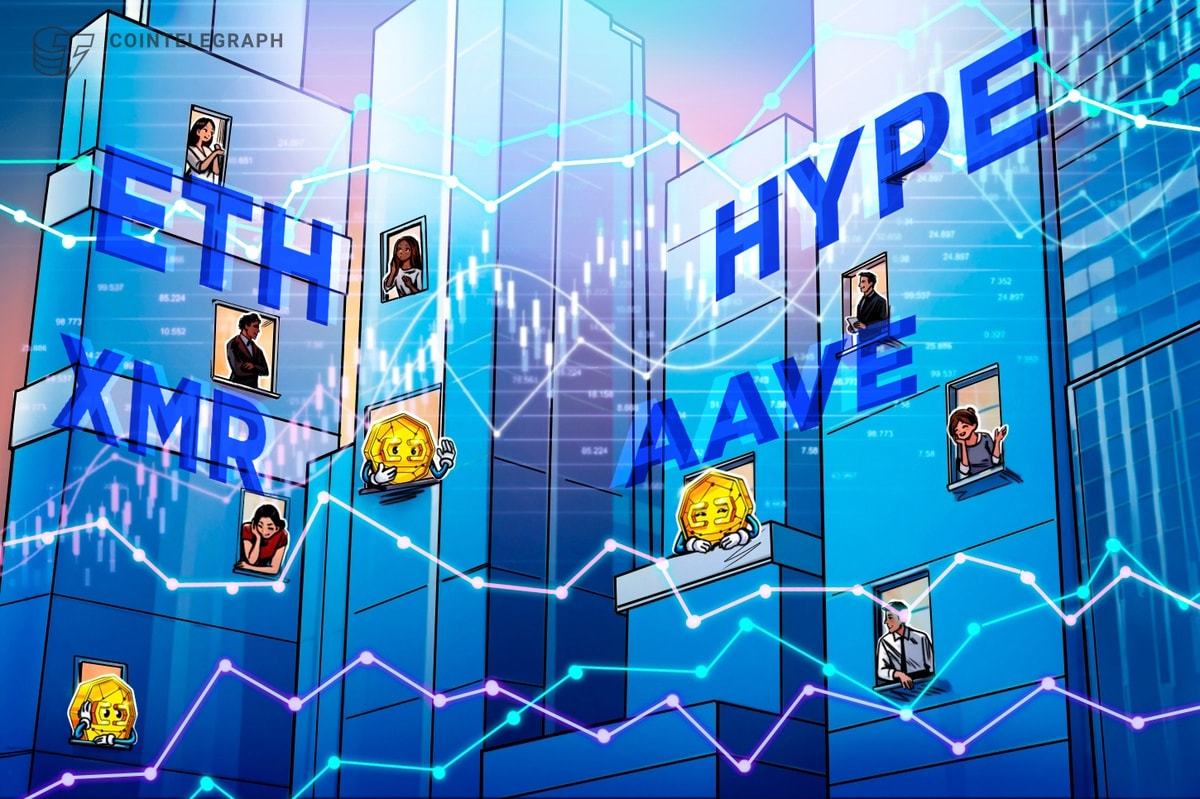
- According to on-chain data, approximately 72 percent of post-merge Ethereum blocks are OFAC compliant.
- The new proposed mev-boost feature allow validators to maximize Ethereum’s censorship resistance.
The Ethereum (ETH ) network now has a solution to scaling its block maximal extractable value (MEV) on validators to deal with respective regulations set by different jurisdictions. Starting with the United States, Ethereum lead developer Vitalik Buterin presented all validators with a solution – in collaboration with Flashbots – of how to deal with OFAC compliance and, at the same time, ensure network neutrality.
Furthermore, according to data from mevwatch.info, approximately 72 percent of post-merge Ethereum blocks are OFAC compliant.
Flashbots, an independent project which extends execution clients with a service that allows searchers to submit MEV transactions to validators without revealing them to the public mempool, has outlined how a new mev-boost feature solves the whole issue.
According to Flashbots, the new mev-boost feature allows validators to maximize Ethereum’s censorship resistance. By building low-MEV blocks locally while still outsourcing the building of high-MEV blocks.
New short-term censorship resistance strategy dropped, courtesy of Flashbots: setting a min bid for outsourcinghttps://t.co/xEsxHvCqXY
Recommend stakers using mevboost take advantage of this option!
— vitalik.eth (@VitalikButerin) November 22, 2022
Ethereum PoS system begins test of time
The Ethereum network recently migrated from PoW to PoS via the Merge event after significant pressure from global regulators. Furthermore, PoS has been described as power-consuming and environmentally unfriendly.
As the Ethereum miners adjust to the staking program under the beacon chain, certain blockchain aspects are up for debate to ensure future growth prospects.
The Ethereum validators have been met with a crucial decision to make, which holds key to the future success of the ETH ecosystem. Furthermore, competitor layer 1 blockchains are constantly evolving to fit with regulations and remain neutral to every transaction.
Notably, Ethererum validators are torn between running mev-boosts that comply with the regulations, or building blocks only locally, which potentially forfeit over 100 ETH profit. In short, Ethereum validators are torn between making hefty returns or prioritizing transactions that are OFAC compliant.
By now, it is a safe bet to assume that crypto regulations are inevitable as the crypto industry matures. The Ethereum developers are pushing for the network to evolve by accommodating every country under its own rule. mevwatch noted;
However, ensuring that Ethereum remains credibly neutral on the global stage is important. All persons and entities operating validators outside of the U.S. should consider running non-censoring relays for the benefit of the network,
Takeaway points
The Ethereum price rebounded together with the entire crypto market on Wednesday to trade around $1,165.
The ETH ecosystem has a market capitalization of approximately $140 billion, with an average traded volume of approximately $8.7 billion. As a result, the ETH network has a market dominance of approximately 16.3 percent. The Ethereum network has around 472k validators who have staked approximately 15,135,584 Ethers.
Read More: www.crypto-news-flash.com









 Bitcoin
Bitcoin  Ethereum
Ethereum  Tether
Tether  XRP
XRP  Solana
Solana  USDC
USDC  Dogecoin
Dogecoin  Cardano
Cardano  TRON
TRON  Lido Staked Ether
Lido Staked Ether  Wrapped Bitcoin
Wrapped Bitcoin  Sui
Sui  Chainlink
Chainlink  Wrapped stETH
Wrapped stETH  Avalanche
Avalanche  Stellar
Stellar  Hyperliquid
Hyperliquid  Shiba Inu
Shiba Inu  Hedera
Hedera  LEO Token
LEO Token  Bitcoin Cash
Bitcoin Cash  Toncoin
Toncoin  Litecoin
Litecoin  USDS
USDS  Polkadot
Polkadot  WETH
WETH  Monero
Monero  Bitget Token
Bitget Token  Binance Bridged USDT (BNB Smart Chain)
Binance Bridged USDT (BNB Smart Chain)  Wrapped eETH
Wrapped eETH  Pepe
Pepe  Pi Network
Pi Network  Ethena USDe
Ethena USDe  Coinbase Wrapped BTC
Coinbase Wrapped BTC  WhiteBIT Coin
WhiteBIT Coin  Dai
Dai  Bittensor
Bittensor  Uniswap
Uniswap  Aave
Aave  NEAR Protocol
NEAR Protocol  OKB
OKB  Aptos
Aptos  Jito Staked SOL
Jito Staked SOL  Ondo
Ondo  BlackRock USD Institutional Digital Liquidity Fund
BlackRock USD Institutional Digital Liquidity Fund  Cronos
Cronos  Tokenize Xchange
Tokenize Xchange  Ethereum Classic
Ethereum Classic